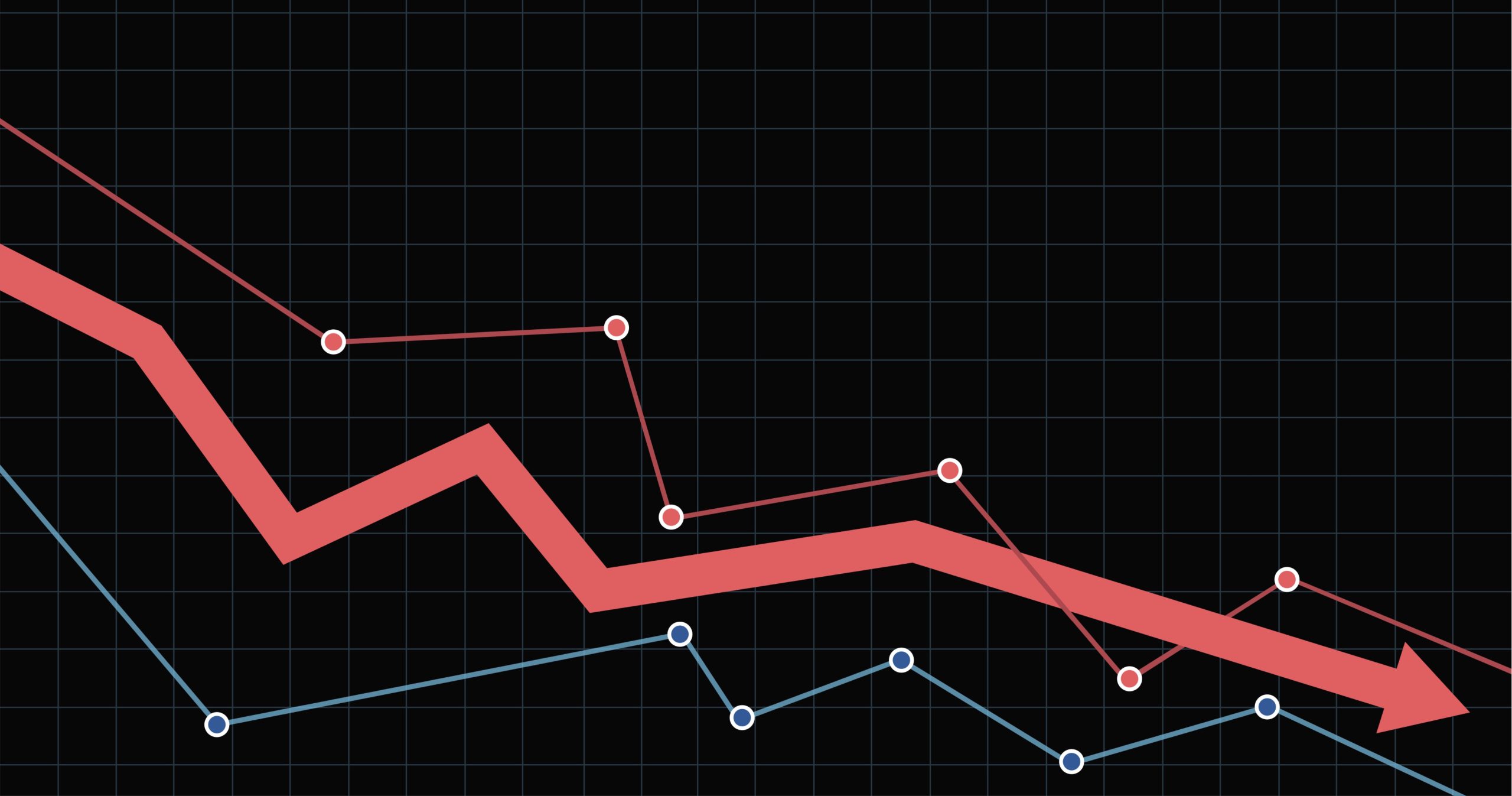
Market Volatility and Our Outlook for 2018
As of this writing in the second week of April 2018, there have been 27 days so far in 2018 where the S&P 500 has moved either up or down by 1% or more in a day. During the entire year of 2017 that only happened a total of nine times. No wonder the beginning of this year has seemed a lot different than recent memory!
Market volatility is neither new nor particularly fun for anyone other than those who profit from increased trading activity. In this article, we will discuss a few of the factors that are contributing to the volatility and our outlook for the remainder of the year.
If you don’t want to read the whole piece, here is our bottom line; we think we are going to see moderate to good economic growth and encouraging corporate profits. Absent any large market shocks we expect a climate that can provide reasonable investment returns.
Now on to some of the reasons for the volatility.
Interest Rates
The Federal Funds rate is the key rate that the Federal Reserve requires banks to charge each other when they lend reserve capital back and forth on an overnight basis. It sets the conditions for interest rates throughout the US economy. The Fed funds rate had been in a range at a very low rate (between 0% and .25%) for seven years – from December of 2008 until December of 2015. That ultra-low interest rate was intended to stimulate economic growth coming out of the Great Recession. This prolonged period of ultra-low interest rates influenced how much businesses and individuals lent and borrowed and how expensive it was to invest and purchase things on credit.
Beginning in December 2015 the Federal Reserve increased rates very slowly, by 0.25% in December 2015 and another 0.25% in December of 2016. Since then, the frequency of rate increases has increased. We have seen four .25% increases since December 2016 to reach our current level. The most recent increase occurred on March 21, 2018, an increase in the 1.5% to 1.75% range. Analysts project another two or three increases throughout the remainder of 2018.
The cumulative effect of all the announced and projected rate changes is a departure from the “ultra-low” rates and a return to “normal” rates. However, the recent pace of change has been substantial and it’s not clear where the “normal” rates will be when the rate increase decisions have ended. However, using history as a guide, even with the planned changes through 2018, rates will still be fairly low from a historical perspective. From an investor perspective, this is not all negative. Once rates have stabilized, interest earnings from investments will be much improved.
For borrowers, it’s been awhile since the cost of borrowing has gone up to current levels. Not only are 30-year mortgage rates now in the 4.5% range, but the costs for businesses to borrow and invest has increased. Further, many assets are priced by markets relative to interest rates, and those assets will change in price based on the general interest rate environment. This repricing has influenced a number of financial asset types and will likely continue to do so over the next year or two. We have been changing our asset selections for many of our clients to reflect the changing interest rate environment, and we will likely continue to do so as conditions change.
Economic Growth and Inflation
Since 2008 we have seen inflation stay primarily between 1% and 1.75%, which is considered low by historical standards. It presents a good news/bad news situation as things like gas and milk don’t go up in price by much each year but you also see paychecks that grow much more slowly. Toward the end of 2017, we started to see core inflation numbers in the 1.75% to 2.5% range depending on the timeframe and sampling methodology used. Amounts too far above the 2% range over an extended timeframe can cause economic harm and present the risk of growing well beyond 2% into a high inflationary environment like the late 1970s and early 1980s. Nobody cares to return to a world of 15% mortgage rates and rapid price hikes. So this return of more normal inflation is part of what has compelled the Fed to raise their interest rates in hopes of keeping the economy from overheating. We’ve begun to see sustained wage growth and corporate profitability continues to be strong. This balancing act between fostering economic growth while keeping a lid on inflation will continue to impact financial markets over the next few years.
Policy Changes
The Tax Cuts and Jobs Act of 2017 was the most significant rewrite of US tax law in the last 30 years. This major legislation reduced the corporate rate from 25% to 21%, created a new tax credit for pass-through entities such as LLCs and S-Corporations, and revised many of the individual income tax rules.
Recently there have been wide-ranging discussions regarding international trade including tariffs and changes to existing trade agreements. The public talks about tariffs and other protectionist trade policies have been viewed as adding additional risk in the financial markets even while the same financial markets have well received the tax reform. It is unclear whether international trade policies will change substantially, especially between the US, China, Canada, and Mexico but the threat of a trade war where each country places increasingly higher tariffs on imports from their trading partners has the potential to cause instability in the financial markets. Likewise, the full impact of the tax reform will not be known for several years and will depend on whether it induces additional economic growth and investment or increases budget deficits.
With these significant forces all interacting in our current financial environment, we will continue to focus on liquidity and managing risk for each of our clients.
Have any questions? We’re here to help!
{{cta(‘b98204c7-0e0e-4d3b-895d-e54ef00e4f97’)}}



